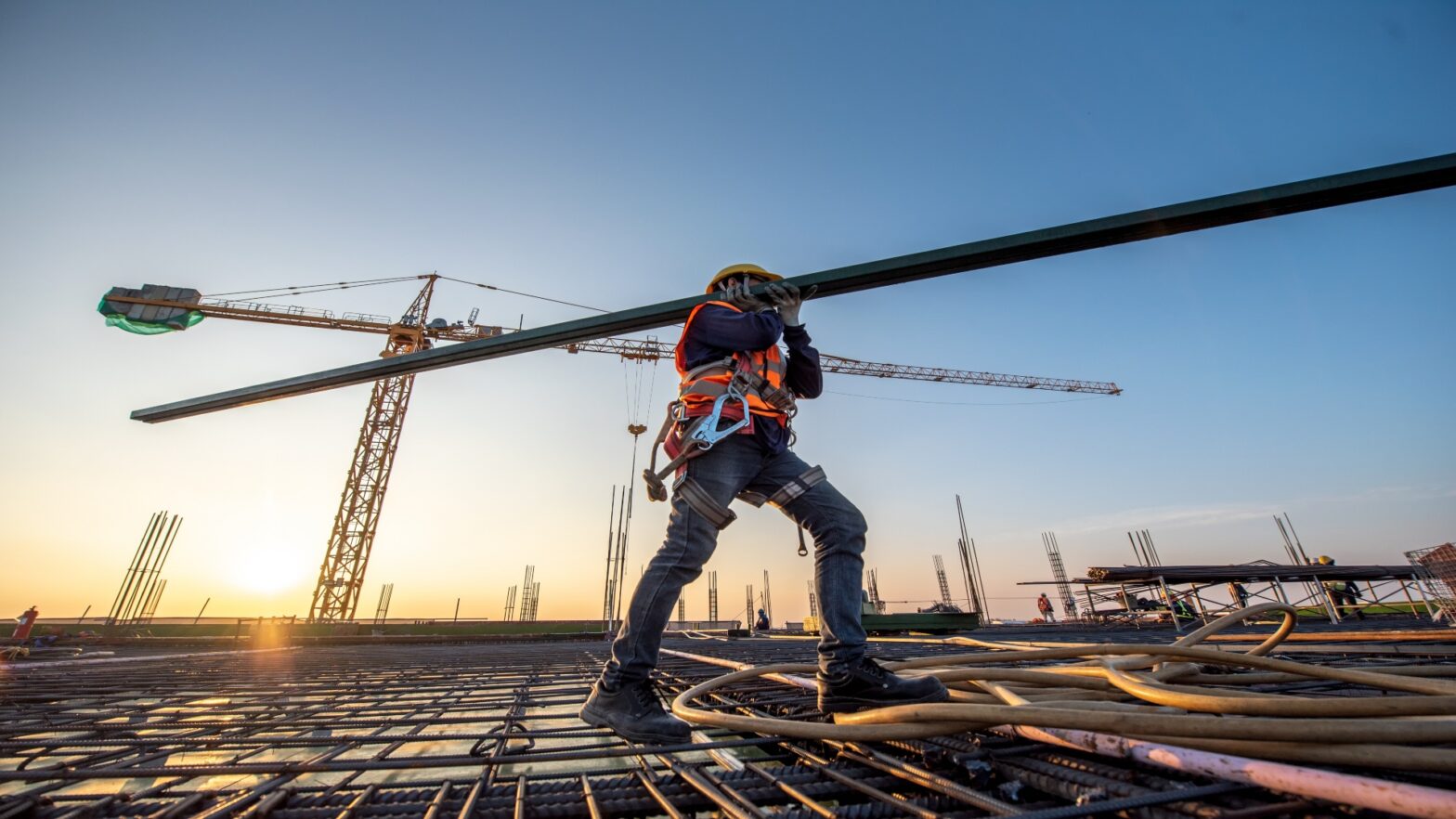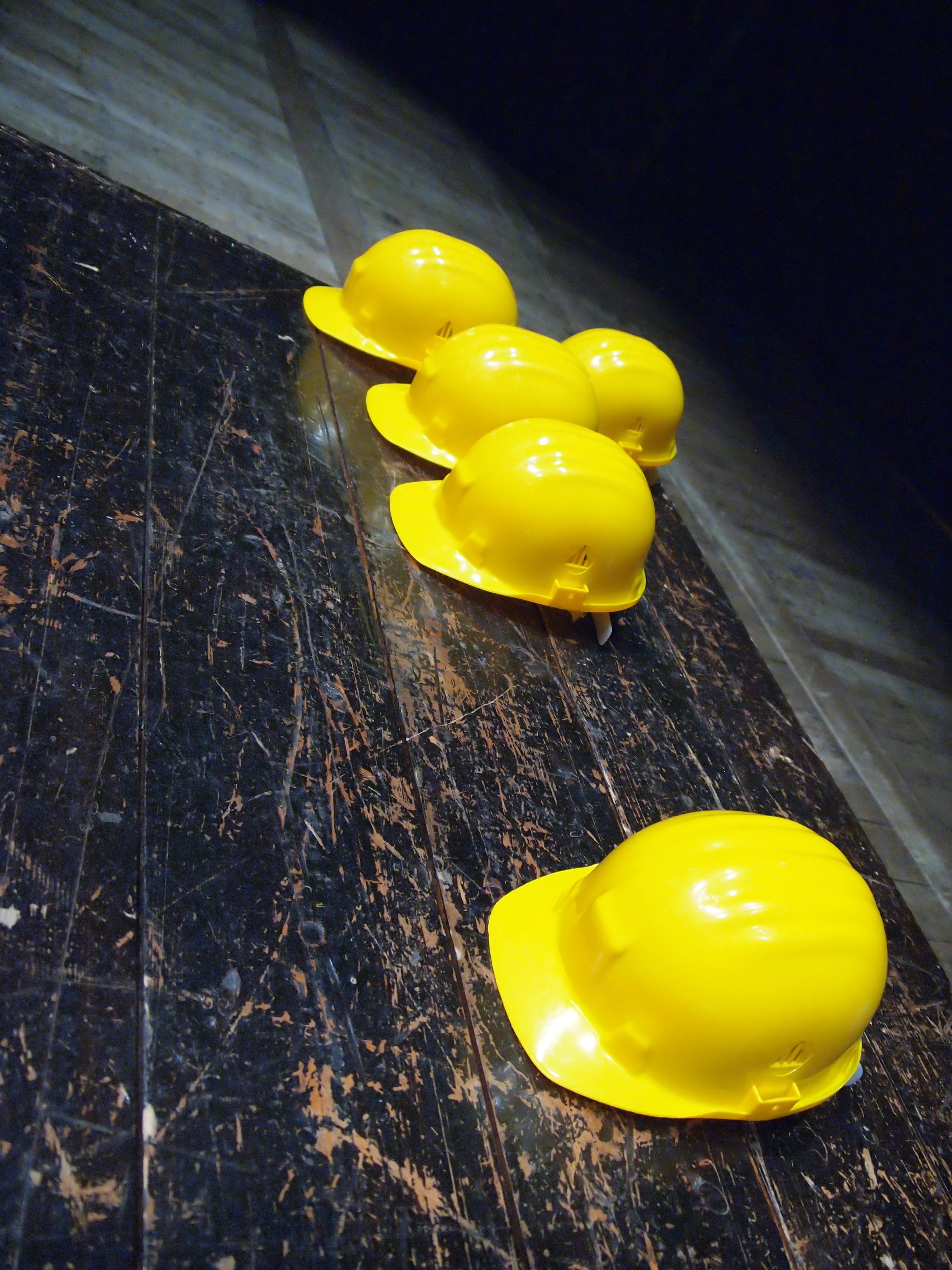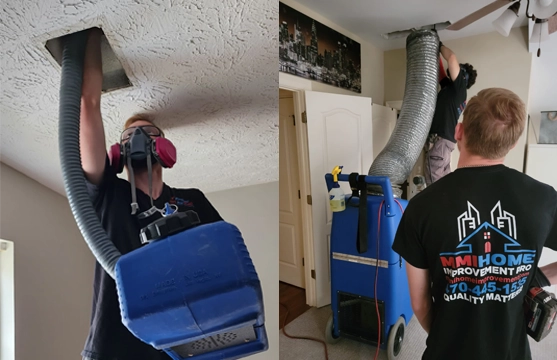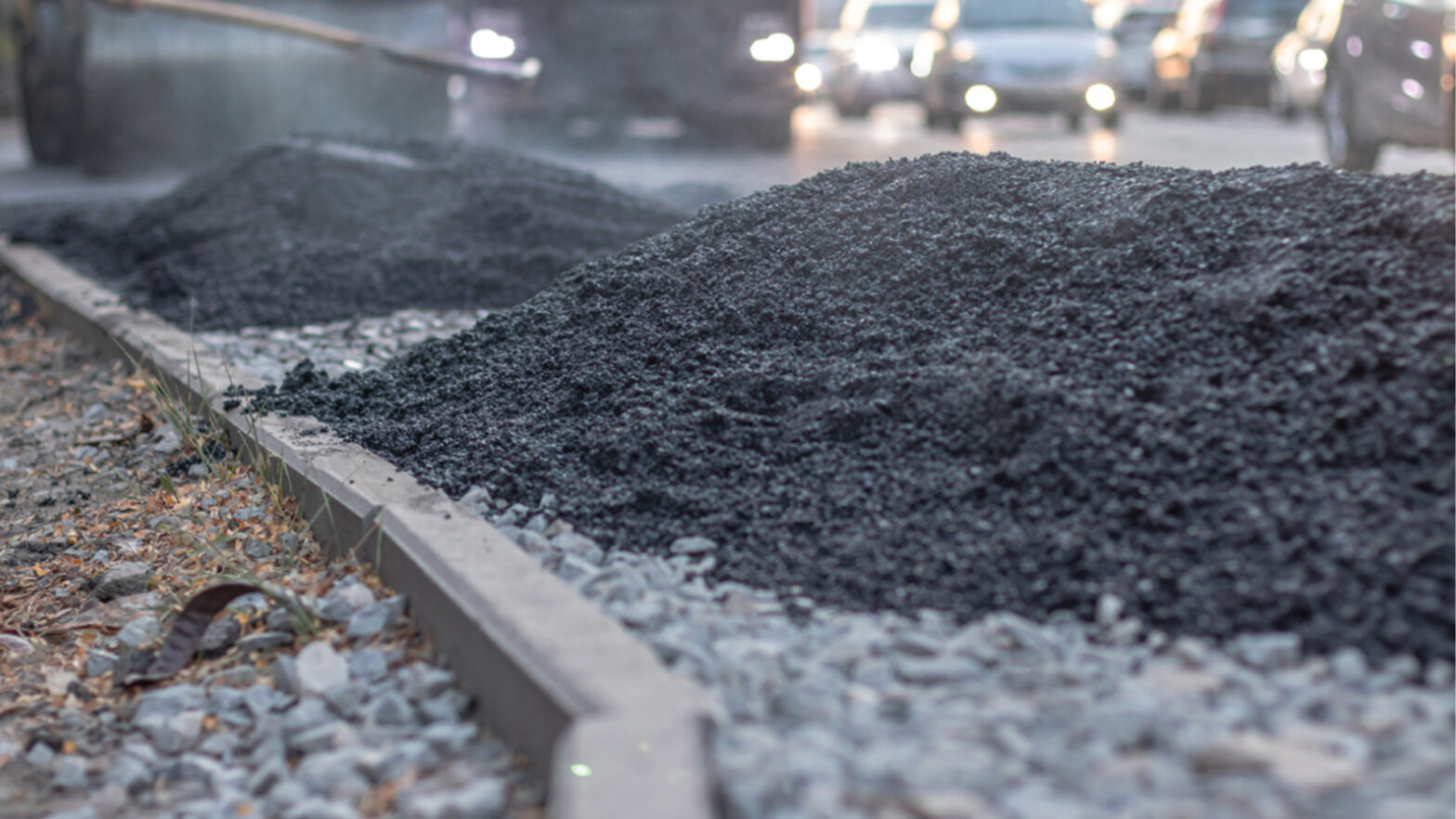Why Modern Heat Treatment Process is Reshaping Construction Materials in 2025
Steel’s tensile strength can jump by an impressive 50% with proper heat treatment. This remarkable boost in material properties shows why heat treatment is the life-blood of modern construction.
Controlled heating and cooling cycles at temperatures up to 2400°F can substantially boost the hardness, strength, toughness, and ductility of construction materials. Metal heat treatment has evolved into a sophisticated operation.
This piece explores how modern heat treatment technologies change construction materials. We’ll look at their effect on steel, concrete, and advanced alloys, while discussing their role in green construction practices.
Evolution of Steel Treatment: From Traditional to Modern Metal Heat Treatment Process
Steel treatment has come a long way from its early days, evolving into a highly controlled and efficient process. Traditional methods, while effective, had their challenges, often requiring high energy input and producing inconsistent results.
However, recent breakthroughs have reshaped the industry, introducing advanced technologies that enhance precision, reduce waste, and improve material performance. As industries push for stronger, more sustainable materials, modern heat treatment techniques are setting new standards for quality and durability.
Historical limitations of conventional steel treatment methods
Basic methods like annealing, quenching, and tempering worked well enough for industries but had major drawbacks. These processes needed lots of energy with large furnaces and cooling equipment that made operations expensive. The traditional approaches often led to oxidation and surface decarburization that hurt the material’s quality.
Getting even hardness distribution was a constant challenge. Uneven heating created weak spots in the material where hardness levels varied. The steel would also warp and become unstable when it cooled down without proper control, leaving behind internal stress.
Breakthrough technologies in 2023-2024
Metal heat treatment technology has seen amazing progress lately. One of the most impactful advancements is induction heat treatment, which uses electromagnetic fields to heat steel without direct contact. This innovation makes the process much faster and more energy-efficient than older methods. The technology also provides excellent control, allowing precise targeting of specific areas of the steel.
Vacuum heat treatment marks another big step forward. Steel gets heated in vacuum chambers which stops oxidation completely. This gives even temperature spread and cleaner surfaces with minimal warping. The steel needs less machining afterward.
3D printing technology now works with custom heat treatment profiles to change how we make things. Companies can prototype and produce exactly what they need much faster. Controlled atmosphere and laser heat treatments lead the way in making materials better with pinpoint accuracy.
How precision control is revolutionizing material properties
Computer-controlled furnaces, live monitoring systems, and automated quenching have made heat treatment much more precise. These tools give exact temperature control and steady heat. The risks that came with traditional methods have gone down.
The most exciting part is how modern heat treatment uses AI and IoT sensors to adjust settings and check quality as it happens. Companies can spot equipment problems before they happen by analyzing data. This keeps operations running smoothly with less downtime.
These advances create steel with better mechanical properties. The metal turns out stronger, more resistant to wear, and lasts longer. All this happens while using less energy and helping the environment. Precise control has changed how construction materials handle stress. Buildings and structures now last longer and stay safer.
High-Performance Concrete Through Advanced Thermal Processing
Concrete technology has advanced far beyond traditional mixing and curing methods, with thermal processing unlocking new levels of strength and durability. By carefully managing heat exposure and cooling rates, engineers can refine concrete’s internal structure, leading to stronger and more resilient materials.
These innovations are transforming the way high-rise buildings, infrastructure, and specialized structures handle environmental stress, ensuring longer-lasting and more efficient construction solutions.
Micro-crystalline structure modifications at 1200°C
Extreme heat treatment of concrete at temperatures reaching 1200°C creates deep microstructural changes. The calcium silicate hydrate (C-S-H) nanostructure—concrete’s main source of strength—changes substantially. These nanostructures start to decompose at 900°C and turn into unstable glass structures and β-wollastonite crystals. This restructuring reduces strength at first. In spite of that, controlled cooling opens new paths to improved recrystallization.
Studies show that concrete specimens treated between 600-1000°C display excellent rehydration potential with proper processing. Heat treatment affects how pores are distributed in the concrete. It reduces smaller pores and creates a more even internal structure.
50% strength increase through controlled cooling techniques
In stark comparison to what you might expect, well-managed cooling after exposure to high temperatures can boost concrete strength by up to 50%. Success depends on keeping the temperature difference between core and surface below 35°F to stop thermal cracks from forming.
New cooling systems use embedded pipes that circulate water at 19-30 L/m to exchange heat with the concrete. This method reduces peak internal temperatures and minimizes harmful temperature differences inside the structure.
The ARCTEC (Additive Regulated Concrete for Thermally Extreme Conditions) system uses concrete’s natural heat release during curing. This approach reduces the need for external heating and controls hydration rates through additives that optimize strength even in tough temperature conditions.
Applications in high-rise construction and infrastructure
Builders use high-performance thermally-treated concrete extensively in reinforced concrete transfer slabs for high-rise buildings. These massive structures support upper zones and need exceptional strength to resist cracking.
This concrete works well in structures that need radiation shielding, tunnel construction, and dams where managing thermal stress is vital. The improved microstructure from controlled thermal treatment helps resist environmental damage and extends how long the structure lasts.
Ultra-high performance concrete (UHPC) with thermal treatment stays dimensionally stable, shrinks less, and creeps nowhere near as much as regular concrete. Heat treatment improves the pozzolanic reaction to create denser, more uniform matrices that resist water and chemicals better than standard concrete.
Aluminum and Titanium Alloys: The New Construction Frontiers
As construction pushes the boundaries of materials and design, aluminum and titanium alloys are emerging as game-changers in the industry. Once limited to aerospace and high-end applications, these metals are now redefining structural performance, offering strength, durability, and efficiency in modern buildings.
With innovative heat treatment processes and groundbreaking architectural applications, they are setting new standards for resilience and sustainability in construction.
Vacuum heat treatment for aerospace-grade aluminum in buildings
Vacuum heat treatment, a technique that originated in aerospace applications, reshapes how builders use aluminum alloys. This process heats aluminum to high temperatures in vacuum chambers. The method inhibits oxidation and provides uniform heat distribution.
Aluminum makes up more than 80% of aircraft materials. Builders now apply this same technology to construction-grade aluminum. The result is alloys with precise microstructures. Vacuum heat treatment boosts the complete properties of aluminum alloys.
Titanium’s transformation from luxury to mainstream material
Titanium, once a luxury material, has become more available for mainstream construction. The metal weighs 60% less than steel yet offers unique structural advantages in weight-critical applications. Recent innovations in titanium alloy development have created materials that combine strength and ductility in new ways.
MIT and ATI Specialty Materials researchers found something remarkable. Through careful selection of alloying elements and proportions, plus specific processing techniques like cross-rolling, titanium alloys can achieve properties that surpass traditional strength-ductility limits. Builders value titanium more because it resists corrosion, remains non-magnetic, and stays biocompatible.
Case study: The Shanghai Tower’s heat-treated exoskeleton
The Shanghai Tower reaches 632 meters into the sky as a premier example of advanced alloy use. The tower’s distinctive twisting curtain wall has an outer layer with staggered vertical glass panels. These panels twist 120% from bottom to top. This smart aerodynamic design cuts wind loads by 24%.
Heat-treated super-columns and a concrete core supported by over 1,000 bore piles give the tower its structural strength. These super-columns use specially designed steel profiles. Concrete covers and fills these profiles to boost fire resistance and mechanical strength. The building’s double-skinned facade works as insulation.
Sustainability Impact of Modern Heat Treatment in Construction
Modern heat treatment processes bring sustainability benefits throughout the construction lifecycle. The building sector needs to address its environmental footprint, and advanced thermal processing methods reshape the scene in ways that go way beyond the reach and influence of performance improvements.
Reduced material requirements through improved strength-to-weight ratios
Heat treatment technologies create materials with better strength-to-weight properties. This allows structures to stay strong with less raw material. Advanced heat-treating processes help develop materials with high strength-to-weight ratios that reduce the environmental effect of metal production. To name just one example, heat-treated circular knives use 13% less energy per unit when processed at optimized temperatures of 1020°C instead of conventional 1070°C.
These better ratios work great in structural applications where strength used to need large amounts of material. Developers can design structures that use less material while keeping or improving safety margins by improving material performance through controlled heating and cooling. Heat treatment facilities now focus on targeted improvements in material properties rather than just using more material to get the required performance.
Energy efficiency improvements in building lifecycle
The building sector can save a lot of energy by using heat-treated materials. Research shows:
- Heat-treated bio-based composite building materials cut down wall heat transmission load. Palm fiber composites reduce thermal conductivity by 38% compared to standard sandcrete
- Building envelopes made with heat-treated palm fiber composites save 453.40 kWh of electricity yearly for office space cooling
- New heat treatment processes work better. New tempering treatments cut electricity use by almost 90%
The aluminum foundry industry can save up to 78% energy by optimizing heat treatment settings without affecting mechanical properties. These improvements continue throughout a building’s operational life and reduce long-term energy needs.
Recyclability enhancements of heat-treated materials
Heat treatment opens new recycling possibilities for construction materials. Heat-enhanced recycled aggregate (HRA) and heat-activated recycled cement (HRC) create new ways to use low-quality recycled aggregates. Recycled materials get much better physical and mechanical properties through controlled thermal processing.
A study showed that adding 30% heat-treated recycled fines to slag-based geopolymer increased compressive strength by 30.67% and flexural strength by 27.31%. It also reduced porosity by 16%. Heat treatment removes old mortar from recycled aggregate and improves its performance.
Wood waste also benefits from thermal processing. Heat-treated lumber can be recycled and reused after its main use, which supports circular economy principles. These technologies help solve waste management and resource conservation challenges by turning potential landfill waste into valuable building materials.
Conclusion
Modern heat treatment processes are redefining the construction industry by pushing the boundaries of material performance, efficiency, and sustainability. Advancements in steel, concrete, aluminum, and titanium alloys are making structures stronger, more durable, and environmentally friendly.
With precise control over heating and cooling, these processes not only enhance mechanical properties but also reduce material waste and energy consumption. As the industry continues to innovate, heat-treated materials will play a crucial role in shaping the future of resilient and sustainable construction.

































